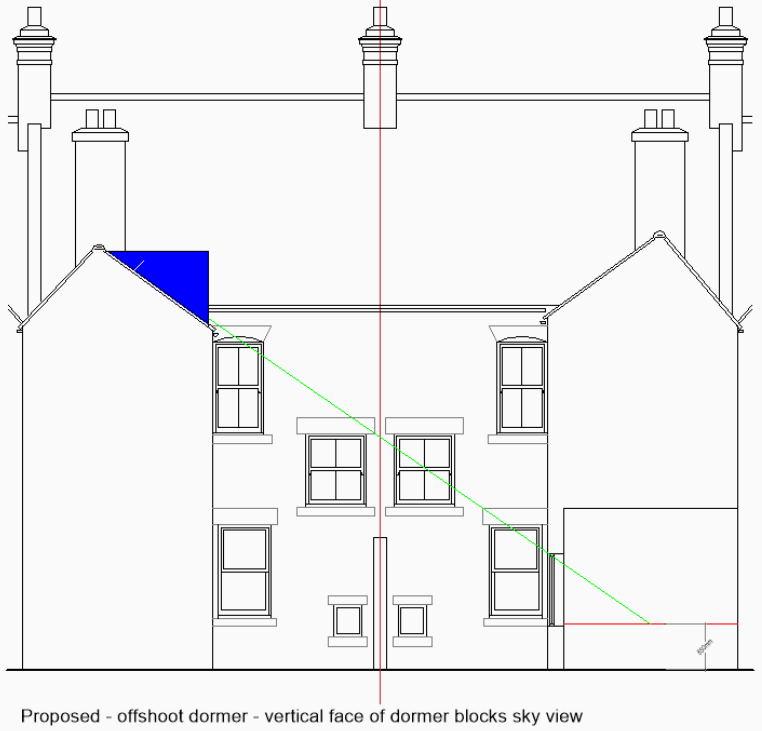In the challenging world of real estate development, grasping the details of a right to light can be essential for both homeowners and builders. A light entitlement is a legislative right that enables a property to receive natural light through designated openings or apertures. As city spaces become more crowded and new buildings rise, the maintenance of light access has become a important issue. This guide discusses the significance of light right surveys, which evaluate the effects of new projects on existing properties and guarantee compliance with legal rights.
Understanding what a light entitlement survey entails and when to request one can save homeowners and builders alike from expensive disputes. By reviewing the juridical history, differences between light entitlement and planning approval, and key factors for additions and new builds, this piece aims to prepare you with the necessary knowledge required to maneuver through the frequently intricate environment of daylight rights. Whether you are an prospective builder or simply a worried neighbor, understanding these rights is important for achieving balance in real estate development while safeguarding essential natural light.
Grasping the Right to Light
Right to light is a statutory right that allows landowners to receive a specific degree of daylight through their glass. This right is acknowledged under common law in the UK and is commonly gained through continuous and unobstructed use of light for at least 20 years. When a building is developed in a way that blocks this light, the impacted property owner may have a legal case to defend their light access, hence the necessity of understanding this entitlement.
The notion of right to light is not merely a concern of comfort; it can substantially affect property values and the functionality of spaces. Builders must consider these rights when designing new constructions or additions; oversight to address this could lead to lawsuits, holdups, and possible financial repercussions. It is crucial to recognize that the right to light can influence a variety of properties, especially in metropolitan regions where space constraints can lead to increased density of buildings.
To address these issues, many residential owners and developers choose to arrange surveys on right to light. These evaluations assess the possible impact of new constructions on daylight access for surrounding buildings and help spot any possible violations before construction begins. By addressing and tackling right to light issues upfront, stakeholders can minimize risks and ensure compliance with laws, leading to more efficient construction processes.
Legal Implications and Compliance
Grasping the legal implications of right to light is crucial for both parties. A right to light is a legal easement that allows property owners to receive daylight through specific apertures, including windows. If this entitlement is violated, it can lead to significant legal conflicts. https://notes.io/wGKn3 must be mindful that existing property rights can impact their plans, as not to address right to light issues may result in expensive alterations or even stoppages.
Adherence with right to light regulations is important in the design phase. Local governing bodies will evaluate the possible impact on light during the review process. Developers must provide adequate evidence that their projects will not negatively affect neighboring properties' rights. This often involves conducting detailed right to light surveys, which evaluate the volume of light that reaches neighboring properties and recommend design alterations if necessary.
Not to comply with right to light regulations can lead to legal action, with affected parties seeking remedies such as court orders or compensation. This emphasizes the importance of early engagement with right to light experts who can guide developers through the nuances of the law. Properly navigating this terrain not only shields the developer but also fosters goodwill with nearby residents, potentially smoothing the path to project approval.
Light Access Assessment Process
The Right to Light assessment procedure begins with an initial consultation to assess the specific requirements of the property and the construction plans in question. During this stage, a qualified surveyor will obtain relevant information about the pre-existing structures, including their height, position, and the surrounding environment. This data will help determine if any potential light infringements may occur due to new developments.
Once the preliminary information is obtained, the surveyor will utilize various tools and strategies to analyze natural light and solar exposure levels. This phase often includes site visits to observe light situations and the use of 3D visualization to represent how proposed projects may impact light availability. The surveyor will also consult BRE guidelines, which provide industry benchmarks to evaluate potential light issues and ensure conformance with legal expectations.
After finishing the assessment, a comprehensive Light Access report will be generated, detailing the findings and advice. This report serves as crucial documentation for planning submissions and helps illuminate any likely Right to Light breaches. By comprehending these findings, homeowners and developers can make wise decisions and take necessary actions to resolve issues related to light rights.

